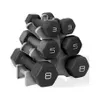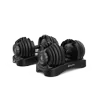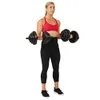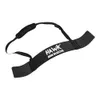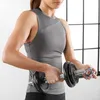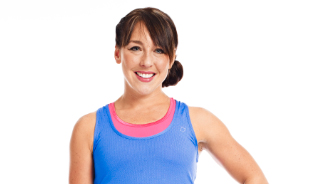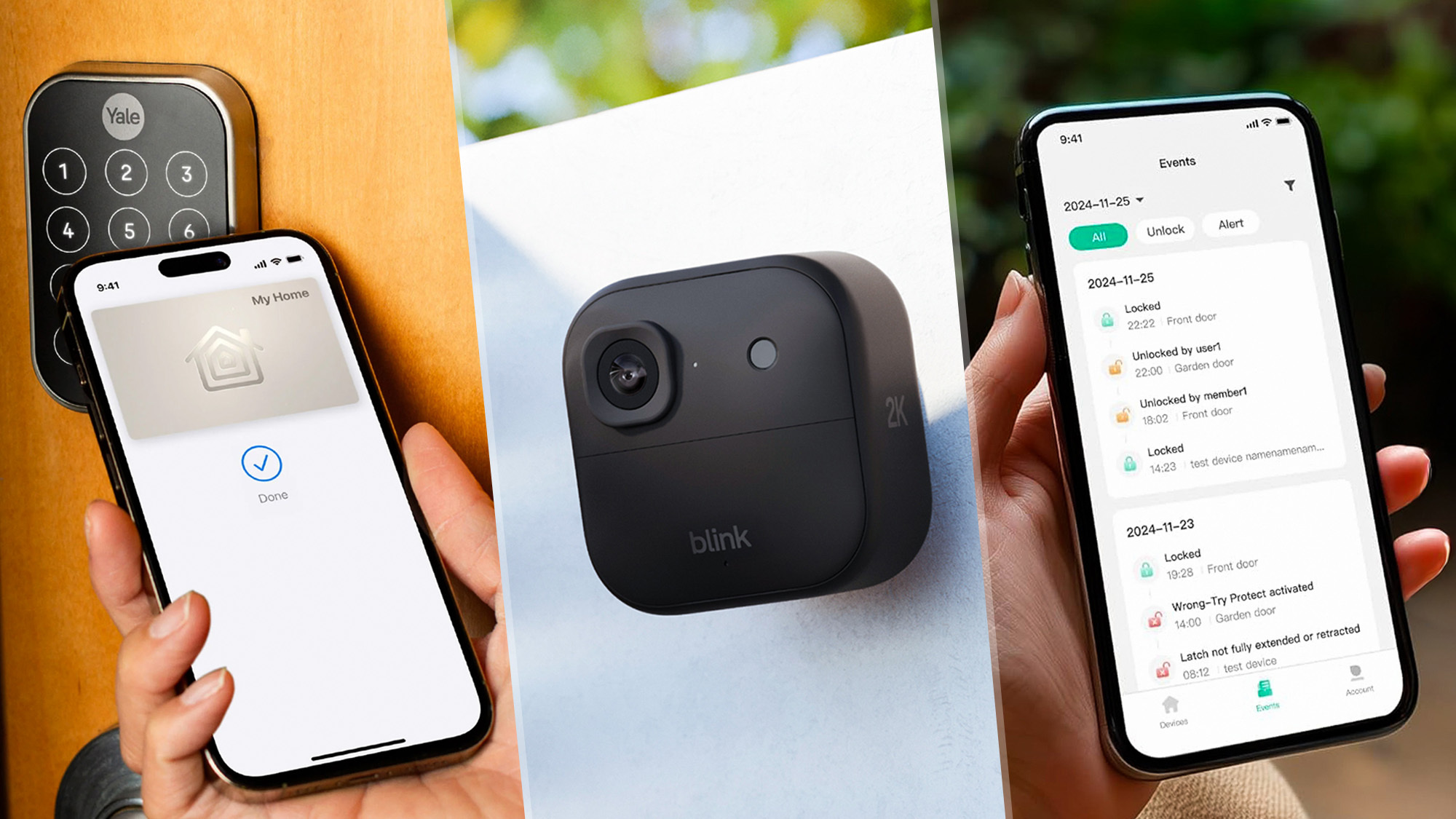Forget sit-ups — celebrity trainer recommends this one exercise to strengthen your entire core
A hybrid plank variation that blends strength, mobility and flexibility
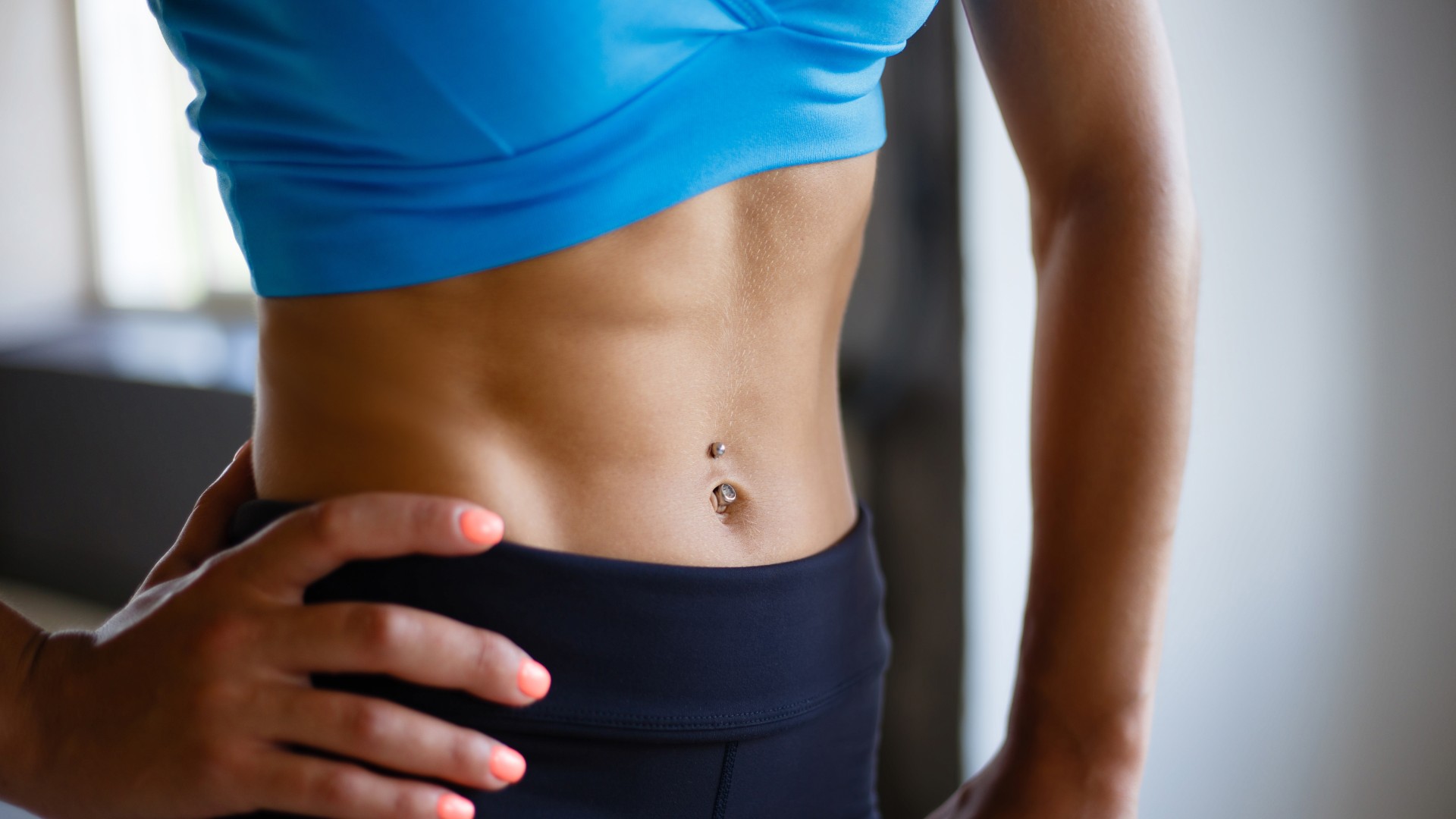
A strong core isn’t just about cranking out sit-ups. Sure, they’re a classic ab move, but if you really want to strengthen your midsection and keep your waist looking nipped yet strong, you’ll need to work your abs a little differently.
That’s why Aimee Victoria Long, celebrity trainer and Pilates instructor, swears by the dynamic plank-to-ankle reach. This hybrid move combines the strength of a plank with mobility and flexibility.
“Most people double down on core moves that only hit one element at a time,” says Long. “But this exercise challenges balance, engages your arms and legs, and adds a mobility component to stretch tight hamstrings and shoulders.” In other words, it delivers far more than just an ab burn.
How to do the dynamic plank-to-ankle reach
Long filmed a demo to walk through the move, which is exercise four in her video below nicknamed "tap backs."
A post shared by Aimee Victoria Long | Pilates PT (@aimeevictorialong)
A photo posted by on
- Start in a high plank with shoulders stacked over wrists and core engaged.
- Bend your knees and shift your hips back toward your heels.
- Reach one hand towards the opposite ankle, keeping hips low and spine neutral.
- Flow back into plank without letting your knees touch the floor.
- Alternate sides for 40 seconds, moving with control and steady breath.
Avoid shooting your hips up into the air. Think about sitting your hips back while keeping your body aligned.
Why it works
“This plank variation goes further than just core endurance,” explains Long. “You’re holding a plank, so the deep abs are firing, but you’re also moving through a hamstring stretch and shoulder mobility.
"Your shoulders, chest, and arms have to stabilize you, while your glutes and quads kick in as you bend and push back.” Compact moves like this are gold: they hit multiple muscle groups at once, save you time and build strength all over.
Get instant access to breaking news, the hottest reviews, great deals and helpful tips.
Plank vs dynamic plank
If your goal is static strength and core endurance, a traditional plank is still solid. But if you want something more dynamic, this variation challenges balance, coordination and mobility too.
“Flowing movement encourages breath and focus,” says Long. “It feels grounding and energizing compared to holding a plank for what feels like forever. Think mobility, balance and coordination, while still working your core. It’s functional and efficient.”
abs vs core muscles
Core training isn’t just about aesthetics. The research shows that a strong midsection improves balance, reduces back pain and keeps you moving freely as you age.
“Falls are the number-one cause of injury in older adults,” says Long. “Training your core helps with stability and spinal support, while slowing muscle loss and protecting against age-related decline.”
Think of core training as an investment in your body’s foundation; it keeps you strong, supported and capable well into later life. And with moves like the dynamic plank, it can be fun, functional and far from boring.
More from Tom's Guide
- Not swimming or Pilates! A 5-year study reveals the exercise everyone over 70 should prioritize for longevity
- I did 3 classic Pilates moves instead of sit-ups — here’s what happened to my core strength and spinal health
- Forget planks — 6 Pilates exercises to help you rebuild your core postpartum
Lucy Miller is a Journalist, Level 3 Personal Trainer, Nutritional Advisor and Children’s Fitness Specialist. She holds fitness qualifications from NASM Training and Premier Training International and has been a fitness journalist and model for over 20 years.
You must confirm your public display name before commenting
Please logout and then login again, you will then be prompted to enter your display name.

